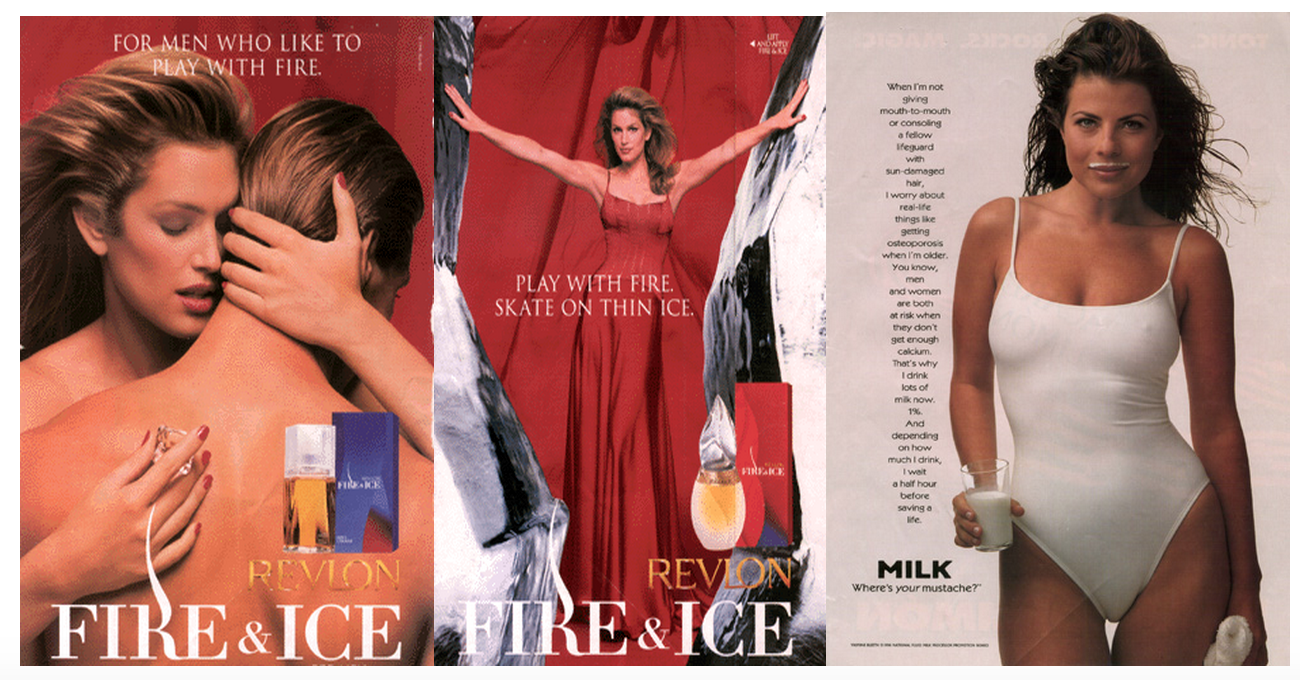Media Effects Research Lab - Research Archive
Relationships among sexually suggestive advertising, advertising evaluations,
Student Researcher(s)
Ryan O'Rourke (B.A. Candidate);
Faculty Supervisor
INTRODUCTION
When considering the effects of advertising and media on society, a substantial amount of discussion focuses upon advertising's effects upon women. Frequently, the advertising industry is accused of misconduct since, by cultivating unrealistic feelings of inferiority in the quest for the "ideal beauty," it allegedly perpetuates the myth that women are inferior to men, and increases the perception of women as sex objects. This study examines the influence of sexually suggestive advertisements on body image, self-esteem, and enjoyment, as well as behavioral decisions, of women.
HYPOTHESES
Cultivation theory suggests that advertising acts within the popular media to reinforce and maintain stereotypical perceptions of women. Interpellation theory suggests that as women identify with stereotypical images of other women in the media, they compare themselves to these images. Since most women do not conform to the ideal image portrayed in such sexually suggestive ads, such comparisons may have an effect upon a woman's self-esteem/concept. Based on the above theories, as well as prior research findings, the following hypotheses were generated:
H1: Women exposed to sexually suggestive advertisements will experience lower rates of body satisfaction than women exposed to non-suggestive advertisements.
H2: Women exposed to sexually suggestive advertisements will experience lower rates of self-esteem than women exposed to non-suggestive advertisements.
H3a: Women will experience less enjoyment for the sexually suggestive advertisements.
H3b: Women will indicate that they would be more likely to purchase products advertised in the non-suggestive advertisements.
METHOD
Thirty participants were assigned to one of two experimental conditions in a between-subjects experiment. Before exposure to the stimuli, participants were asked to fill out a questionnaire related to their magazine purchasing behaviors and reading habits. After filling out the questionnaire, half the participants viewed sexually suggestive ads while the other half viewed non-suggestive ads. After exposure, participants were asked to fill out two more questionnaires pertaining to quality and effectiveness of the ads as well as measures of self-esteem and body satisfaction.

RESULTS
H1: Not supported. Sexual suggestiveness in advertising had no effect on a woman's perception of her own body.
H2: Partially supported. After viewing the sexually suggestive ads, women thought that others would think significantly less of them and have lower impressions of them than did the women who viewed the non-suggestive ads.
H3a: Not supported. There were no significant differences between sexually suggestive ads and non-suggestive ads in terms of liking, enjoyment, interest etc.
H3b: Disconfirmed. Women reported that they would be more likely to purchase products advertised in a sexually suggestive manner compared to products advertised in a non-suggestive manner.

CONCLUSIONS
The unexpected findings from this study suggest that popular criticism re. portrayal of women in advertising is probably unfair. This study suggests that sexually suggestive advertising itself has little harmful effects. If anything, it seems to have positive conative effects, especially on female consumers.
For more details regarding the study contact
Dr. S. Shyam Sundar by e-mail at sss12@psu.edu or by telephone at (814) 865-2173

